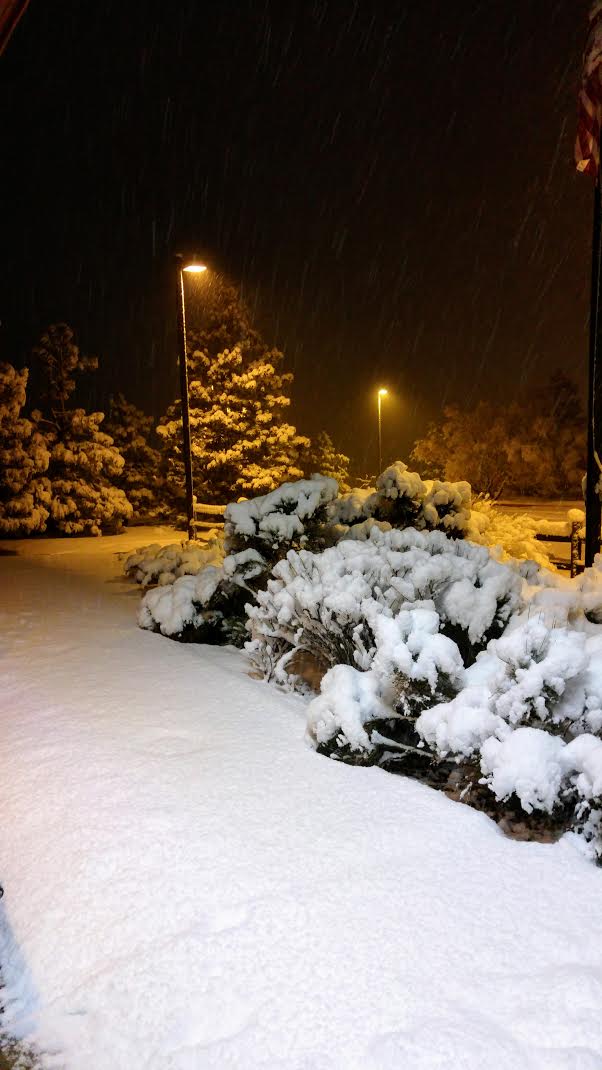Pierre said:thorbiorn said:In the last post, I left out some folks, here we go, this own shows the Northern hemisphere, but it does not cover all the seas, or is is just that tilt of the Earth shifted?
http://ice.tsu.ru/files/paul/WorldLGMr.jpg
Earth shift is a definite possibility. Do you know to what period (which ice age) this ice cover model refers to?
Here is an article in English with this image: _http://www.qpg.geog.cam.ac.uk/lgmextent.html
This map for the northern hemisphere Last Glacial Maximum (Weichselian, Valdaian, Würmian, Devensian, Wisconsinan, MIS 2) was compiled by Jürgen Ehlers for 2005 from data and maps assembled and published in the books Quaternary glaciations - Extent and Chronology by Jürgen Ehlers & Philip Gibbard (Elsevier, 2004). A second map compiled plotted onto a Google Earth north polar view is now available below in static form but it is planned to make these maps interactive with Google Earth shortly.
thorbiorn said:This map shows how the ice moved over Northern Eurasia http://doklad-referat.ru/public/page_images/729/77.jpg The extend of the ice is somewhat larger than previously shown, perhaps it refers to a different ice age. Irrespective of the extend of the ice sheet, the tendency will be to move from the areas of higher altitude towards areas of less altitude. Since mountains get snow first and are colder in summer, this is were the ice will pile up. What is great about this map is that one can see where modern day towns are, so if one is in Volgograd, Samara, Yekatarinburg, Omsk, Novosibirsk, or Chelyabinsk there will be no skiing in summer :)
Here is original article (in Russian).
It mentions Quaternary period as well.
And here is more digital high resolution maps: _http://booksite.elsevier.com/9780444534477/digital_maps.php











